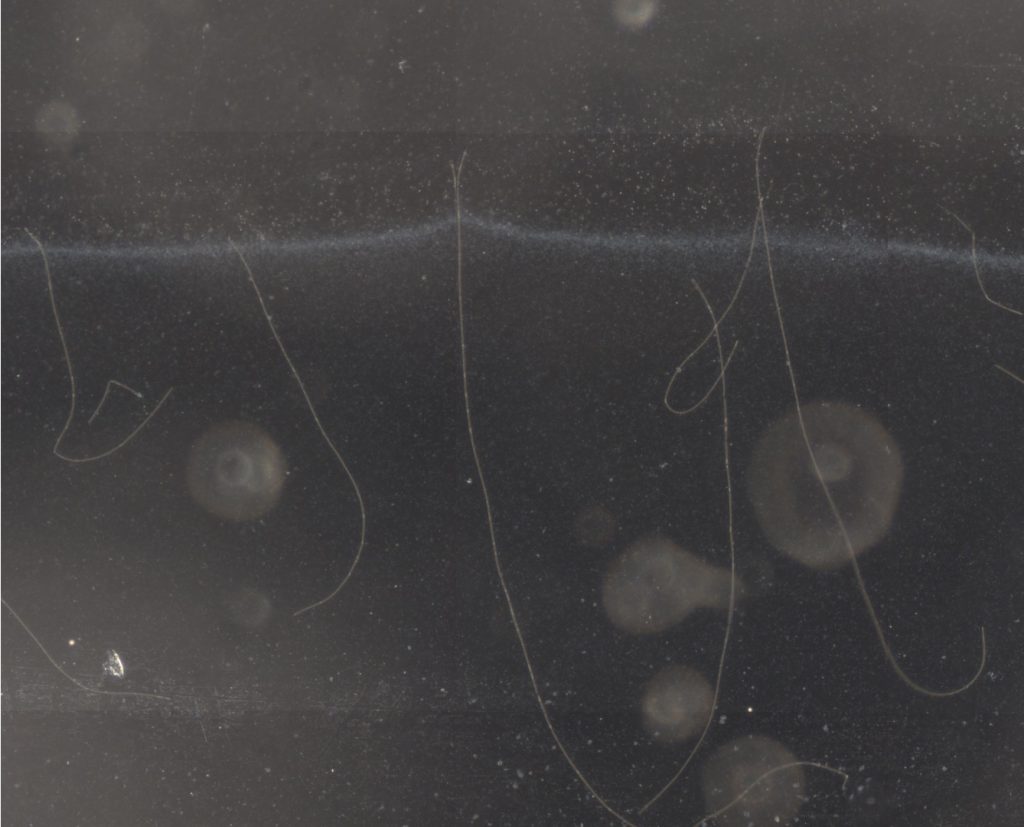CEM demonstrates unique electric oxygen respiration
In a new study from the Center of Excellence CEM at Aarhus University, the cable bacteria that were found in the Bay of Aarhus 10 years ago have developed from living completely without oxygen into creating electric flows from one end to another. Ph.D. student Stefano Scilipoti and head of center Lars Peter Nielsen from CEM are at the forefront of the new study, which was recently published in the scientific journal Science Advances.

The cable bacteria have, over time, developed from living completely without oxygen at the bottom of oceans and lakes into creating a connection to oxygen at the top through electric flows. The new electric connections mean that the bacteria can benefit from oxygen and transform food. The study has been published in the scientific journal Science Advances. Ph.D. student Stefano Scilipoti and head of center Lars Peter Nielsen from the DNRF’s Center for Electro Microbiology at Aarhus University are at the forefront of the research.
”While other organisms try to fix the problem by moving oxygen and food up and down, the cable bacteria have developed electric cables. When the bacteria transform food at the bottom, they create electrons that are sent up to the top through the biological and electric cables. Then the electrons reduce the oxygen from the water at the top,” said Professor Nielsen, who is head of center at CEM and the last author of the study.
The bacteria create an electric flow
The cable bacteria consist of a long row of cells. The electric cables are located in this row and are held together by a united outside cape. In the lab, the cable bacteria were placed in a transparent chamber and a layer was created. The bacteria fought to catch both food and oxygen from each side of the front.
”In the microscope, I could see how the individual cable bacteria placed itself at the cross of this front, and how one side of the cable bacteria went to the zone of oxygen. Less than 10% of the cells in the individual cable bacteria processed the oxygen, but in return this happened at a speed that answers to the highest measured in the biological world,” said Scilipoti, Ph.D. student at CEM and the first author of the study.
”This can only be done because the bacteria create an electric flow through the cells. The cells that absorb the oxygen can concentrate on that while the other cells make sure to take and transform the food and thereby create new cells,” said Professor Nielsen.
Read the paper from CEM in Science Advances here
More information about the new study from CEM here
Read more about the cable bacteria here
